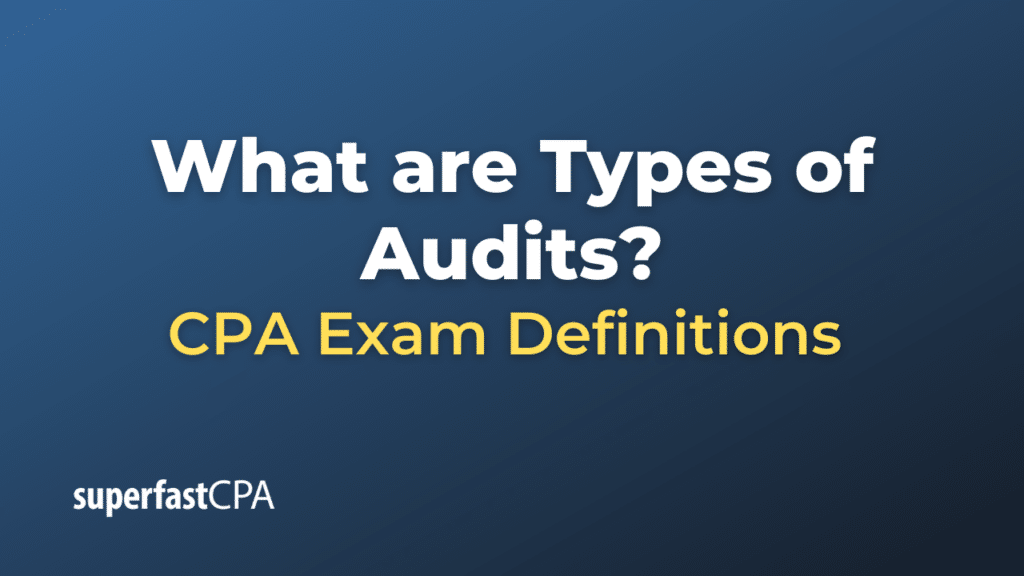Types of Bonds
Bonds are debt securities issued by entities such as governments, municipalities, and corporations to raise capital. They are essentially IOUs between the bond issuer and the bondholder. The issuer agrees to pay periodic interest payments to the bondholder and return the principal amount, also known as the face value, when the bond matures. There are several types of bonds, each with its own features, risks, and benefits:
- Government Bonds:
- Treasury Bonds (T-Bonds): Long-term bonds issued by the federal government, usually with maturities ranging from 10 to 30 years.
- Treasury Notes (T-Notes): Medium-term debt securities with maturities ranging from 2 to 10 years.
- Treasury Bills (T-Bills) : Short-term securities with maturities of one year or less. They do not pay interest but are sold at a discount and redeemed at face value.
- Municipal Bonds (Munis):
- Issued by state, county, or local governments or their agencies to fund public projects.
- General Obligation Bonds (GOs): Backed by the full faith and credit of the issuing municipality, meaning they are supported by the issuer’s ability to tax.
- revenue Bonds: Backed by the revenue from a specific project or source, such as a toll bridge or a stadium.
- Corporate Bonds:
- Issued by corporations to raise capital for expansion or other business needs.
- Can be categorized by their credit rating (e.g., investment-grade, high-yield/junk bonds).
- Agency Bonds:
- Issued by government-sponsored entities (GSEs) or federal agencies. While they’re not technically direct obligations of the federal government, they carry an implicit government backing.
- Examples include bonds issued by Freddie Mac or Fannie Mae.
- Zero-Coupon Bonds:
- Sold at a discount to their face value and do not pay periodic interest. Instead, they mature at their face value, with the difference between the purchase price and face value serving as the bondholder’s return.
- Foreign Bonds:
- Issued by a foreign government or corporation in another country’s capital market and currency.
- Examples include Yankee bonds (foreign bonds issued in the U.S.) and Samurai bonds (foreign bonds issued in Japan).
- Sovereign Bonds:
- Issued by national governments in foreign currencies to raise capital outside their own country. They are often used by emerging markets and are seen as having more risk than bonds issued by stable governments in developed countries.
- Convertible Bonds:
- Savings Bonds:
- Non-transferable bonds issued by the government, often with favorable tax treatment. They are intended to help individuals save.
- In the U.S., examples include Series EE and Series I savings bonds.
- Inflation-Linked Bonds:
- Perpetual Bonds (Consols):
- Bonds with no maturity date, meaning they pay interest forever unless the issuer calls them back.
- Rare in modern markets but were more common historically.
The choice of which type of bond to invest in often depends on an investor’s risk tolerance, investment goals, desired yield, and tax considerations.
Example of Types of Bonds
Let’s use hypothetical scenarios to illustrate a few of these bond types:
City: OceanView City, a coastal city with a rapidly growing population.
1. Municipal Bonds:
- Scenario: OceanView City needs to raise funds to build a new public school due to the increase in residents. The city issues a General Obligation Bond (GO) worth $10 million with a 5-year maturity at a 4% interest rate.
- Outcome: Local investors purchase the bonds. They receive interest payments annually, and the city commits to repaying the principal after 5 years. The interest from these bonds is exempt from certain taxes, making it attractive to investors.
2. Revenue Bonds:
- Scenario: The same city, OceanView, also decides to build a toll bridge to alleviate traffic congestion. To finance this, they issue Revenue Bonds worth $20 million with a 10-year maturity at a 4.5% interest rate.
- Outcome: Investors buy these bonds knowing that the interest and principal repayments will come from the tolls collected from the bridge. If the tolls don’t generate enough revenue, the city might not be able to make the promised payments.
3. Corporate Bonds:
Company: BlueTech Innovations, a technology company working on renewable energy solutions.
- Scenario: BlueTech wants to expand its research facilities. It issues a Corporate Bond worth $50 million with a 7-year maturity at a 5% interest rate.
- Outcome: Investors purchase the bonds and receive periodic interest payments. The company’s ability to make these payments depends on its financial health and profitability.
4. Convertible Bonds:
Company: GreenLeaf Enterprises, a startup focusing on plant-based meat alternatives.
- Scenario: GreenLeaf needs capital but also wants to attract investors who are interested in potential future stock appreciation. They issue Convertible Bonds worth $15 million with a 6-year maturity at a 3% interest rate. These bonds can be converted into GreenLeaf’s stock after 3 years.
- Outcome: Investors who are optimistic about the company’s future might convert their bonds into shares, hoping to benefit from stock price appreciation. If the stock doesn’t perform well, they still receive interest from the bonds.
5. Foreign Bonds:
Country: A developing country, EcoLand.
- Scenario: EcoLand wants to finance infrastructure projects but has exhausted its borrowing capacity in its own currency. It decides to issue Yankee Bonds in the U.S. market worth $100 million with an 8-year maturity at a 6% interest rate.
- Outcome: U.S. investors buy these bonds, but they bear the risk of EcoLand defaulting and the potential currency risk if EcoLand’s currency depreciates against the dollar.
Each of these scenarios sheds light on the different considerations for both the issuers and the investors when dealing with various types of bonds.













